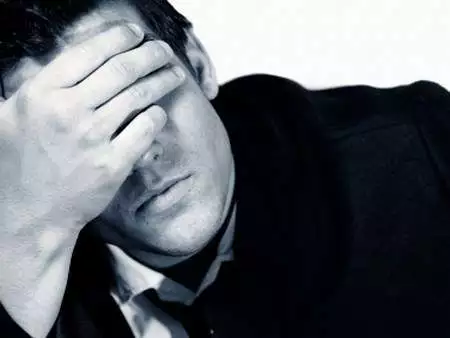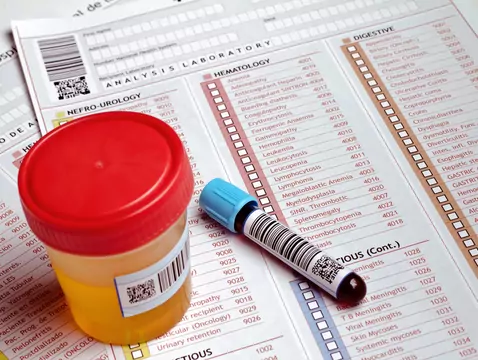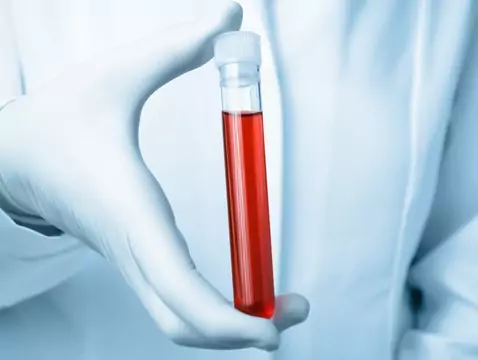Syncope is defined as a state of briefly lasting loss of consciousness, sensation and also the ability to perform movements.
Diagnosis and treatment of syncope
The diagnosis of syncope is a very complex process, it is necessary to take a detailed history from the patient including the following questions:
- whether the patient remembers what happened before and after the syncope
- whether the syncope recurs frequently
- what could have caused the fainting episode (strong emotions, being in a steamy or hot room, hypoglycaemia, sudden head movements, etc.). It is an individual question for each patient - what symptoms accompany fainting (nausea, vomiting, visual problems, eye pain, headaches)
- whether chest pain and other symptoms of shortness of breath, palpitations and others have been experienced
- whether the patient is taking any medication on a regular basis
- whether the patient may be suffering from neurosis and psychiatric disorders - a
-
a very important role in the diagnosis of syncope is the differentiation of syncope from other diseases

photo: iStock
How to help a person who has fainted?
- The person who has fainted should be put in a safe position
- It is crucial to secure the head (something should be placed under the head)
- Check that the patient is breathing and has a pulse
- If no pulse is palpable it is necessary to start CPR and call an ambulance.
- If the patient is conscious after fainting, continue to talk to him and observe his condition.
- If the patient's condition does not improve, it is also necessary to call an ambulance
Syncope and its accompanying symptoms should never be underestimated as they may be indicative of a disease and may also pose a threat to health and life.









